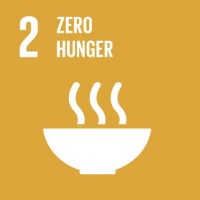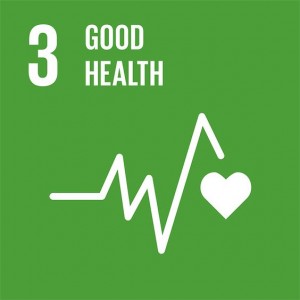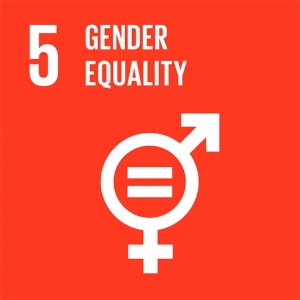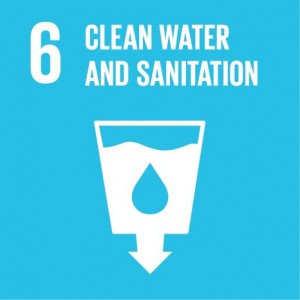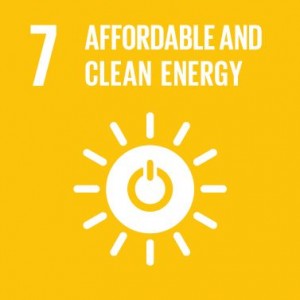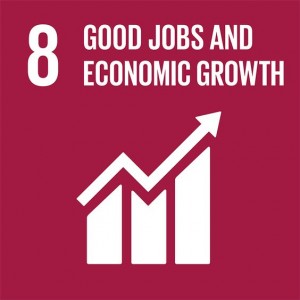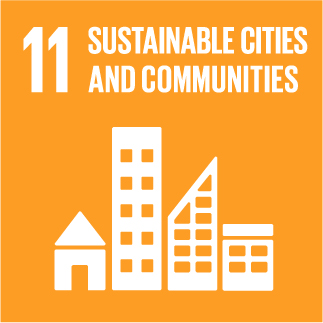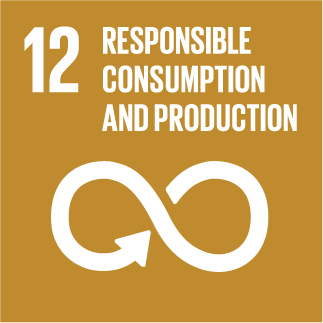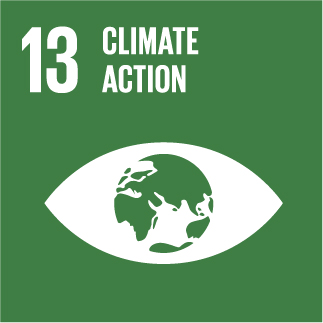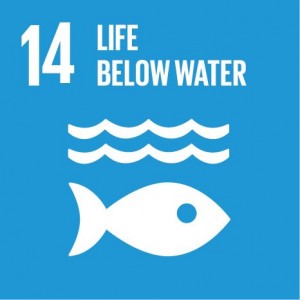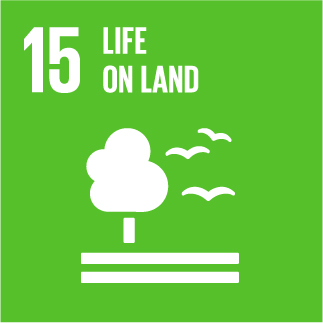Technological watch
Pectinolytic Bacterial Consortia Reduce Jute Retting Period and Improve Fibre Quality
Skip to main content Thank you for visiting nature.com. You are using a browser version with limited support for CSS. To obtain the best experience, we recommend you use a more up to date browser (or turn off compatibility mode in Internet Explorer). In the meantime, to ensure continued support, we are displaying the site without styles and JavaScript.
nature scientific reports articles article A Nature Research Journal
Menu Search E-alert Submit My Account Login
Menu Search E-alert Submit My Account Login
- Article
- Open Access
- Published: 20 March 2020
- Rajnee Hasan1 na1,
- Nasima Aktar1 na1,
- Shah Md. Tamim Kabir1,
- Ummay Honi1,
- Abdul Halim2,3,
- Rahin Islam4,
- Muhammad Delwar Hossain Sarker1,
- Md. Samiul Haque1,3,
- Md. Monjurul Alam1,3 &
- Md. Shahidul Islam ORCID: orcid.org/0000-0002-4344-24291,3
- 127 Accesses
- Metrics details
Publication date: 20/03/2020
Author: Rajnee Hasan
Reference: doi:10.1038/s41598-020-61898-z





